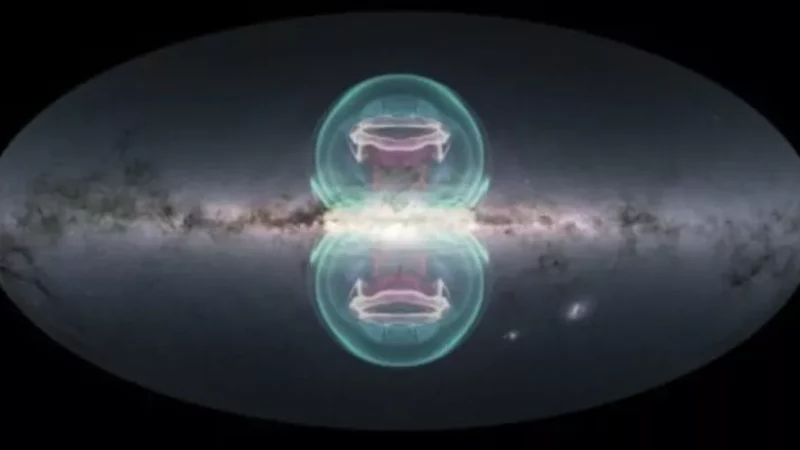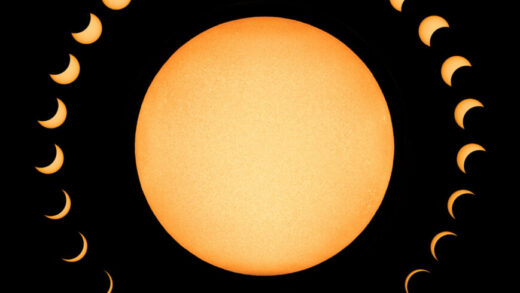eRosita Bubbles: Windows into Our Galactic Past and Future?

Astronomers have long been fascinated by the bubbles of hot gas emanating from the center of the Milky Way galaxy, and a recent study has brought new insights into the complexity of these massive structures. The eRosita bubbles, named after the X-ray telescope that first spotted them, are enormous structures that can serve as windows into our galactic past and future, offering invaluable insights into the formation and evolution of galaxies. The study of these colossal structures, since their discovery in 2020, has been expected to unravel the mysteries of our cosmic neighborhood with remarkable precision.
To comprehend the galactic past, scientists can use the eRosita bubbles as time capsules, as their immense size allows us to peer back in time. The immense size of the eRosita bubbles is significant because it indicates the scale of the processes that formed them. Spanning an impressive distance of 36,000 light-years from the Milky Way’s disk, these bubbles provide a unique perspective on the galactic landscape throughout different epochs.
Analyzing the thermal and chemical properties of the eRosita bubbles offers a wealth of information about the conditions and processes that led to their formation, as well as those that shaped our galaxy in its formative stages.
eRosita bubbles can also prove crucial in predicting the fate of galaxies. By investigating the mechanisms behind their formation and evolution, scientists can gain insights into the long-term destiny of cosmic structures. This knowledge may enable us to refine our models of galactic dynamics and anticipate potential scenarios for star formation, black hole activity, and the overall evolution of galaxies.
With extensive data from the eRosita X-ray telescope and space research facilities including Planck Observatory and the Wilkinson Microwave Anisotropy Probe, astronomers continue to refine their understanding of these galactic bubbles. Ongoing research endeavors, such as the utilization of the James Webb Space Telescope, are set to provide even more precise measurements and detailed observations. These advancements will undoubtedly contribute to a more comprehensive understanding of the eRosita bubbles and their significance in unraveling the intricate tapestry of our galactic timeline.
The eRosita bubbles are not the only bubbles extending from the disk of the Milky Way; they are joined by the Fermi bubbles, which are half the size and less energetic. These structures extend through the gas surrounding our galaxy, called the circumgalactic medium.
In the past, scientists believed that the eRosita bubbles were heated by bursts of gas being expelled from the Milky Way. However, recent research has revealed a surprising discovery. It turns out that the gas inside the bubbles has a similar temperature to the gas surrounding them. So, what makes the bubbles appear bright and distinct? The answer lies in the density of the gas within the bubbles. It is exceptionally dense, which gives the eRosita bubbles their luminosity and makes them stand out.
The findings from this research suggest that the eRosita bubbles are most likely formed due to intense star formation activity at the galactic center, as opposed to black hole activity occurring at the galactic center. The study used data collected between 2005 and 2014, characterizing emissions from low-density gas from the bubbles and the hot gases around them.
Scientists are still unsure about the origins of galactic bubbles, with some believing they are blown outward by activity centered around the supermassive black hole at the heart of the Milky Way, Sagittarius A*.
Auto Amazon Links: No products found.


